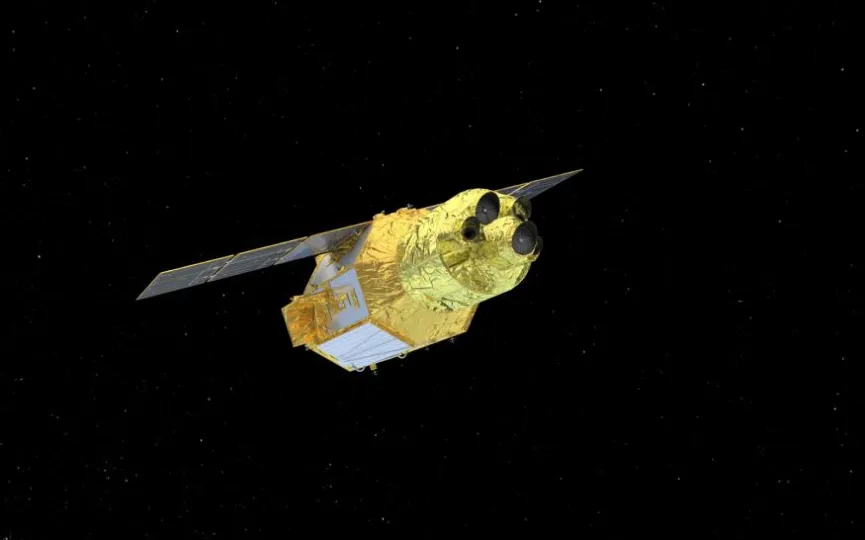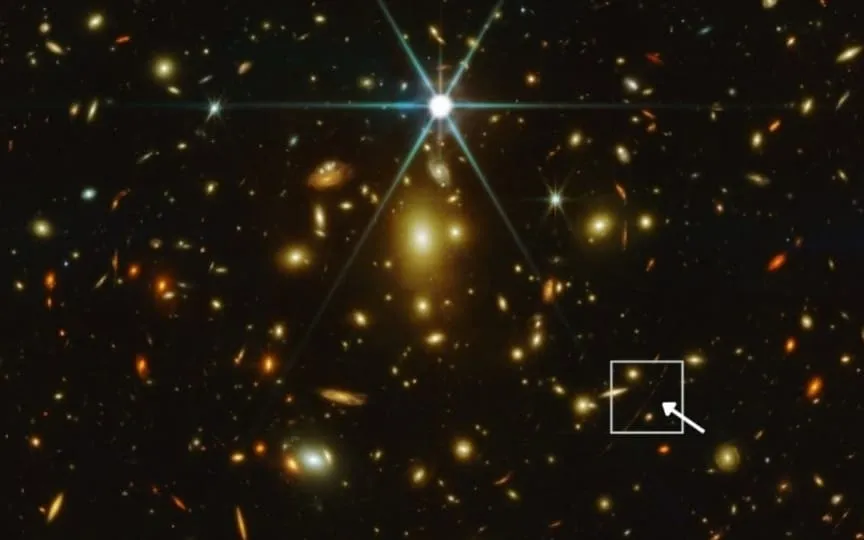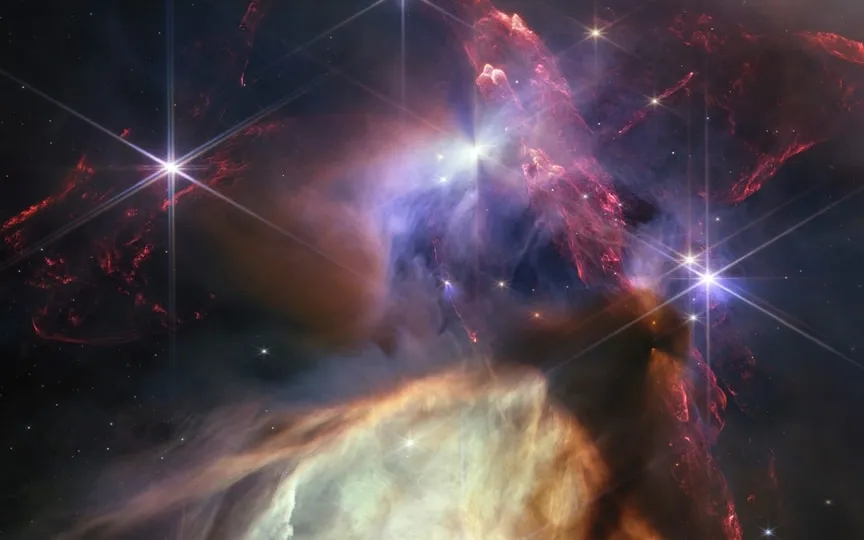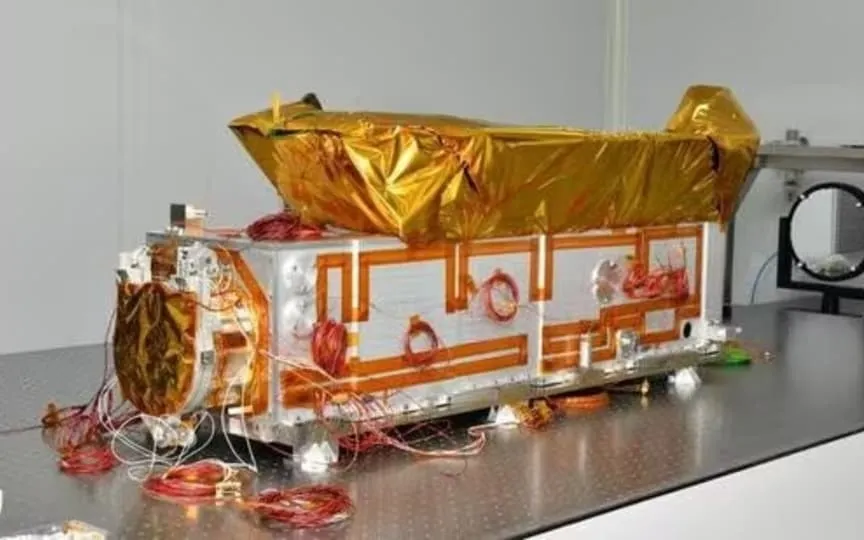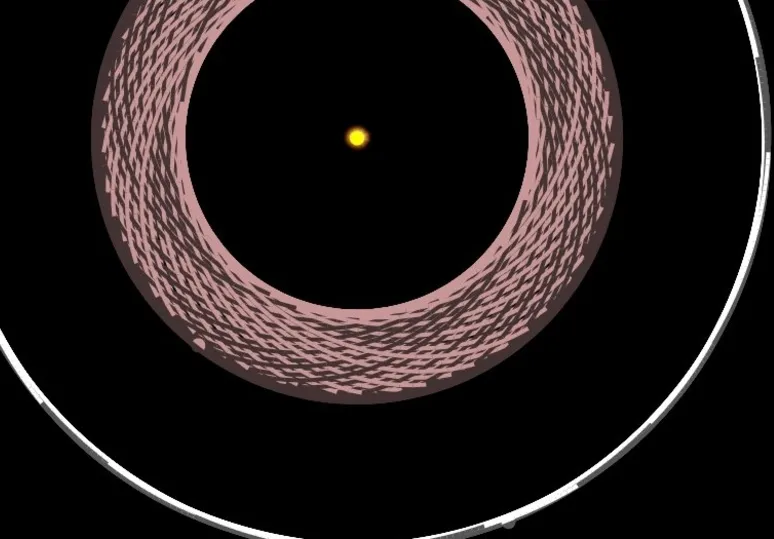Japan Unveils X-ray Telescope with Enhanced Capabilities
On September 6 at 7:42 PM EDT, Japan’s space agency successfully launched a rocket carrying a highly advanced telescope. This telescope, known as XRISM or “crism,” surpasses the capabilities of NASA’s Chandra and other existing X-ray observatories in orbit. The mission, led by JAXA in collaboration with NASA and the European Space Agency, marks a significant advancement in X-ray observations, according to University of Michigan astronomer and mission participant, Lia Corrales. The telescope is considered more powerful than its predecessors because of its tools. One of them, called Resolve, is…
Read More
